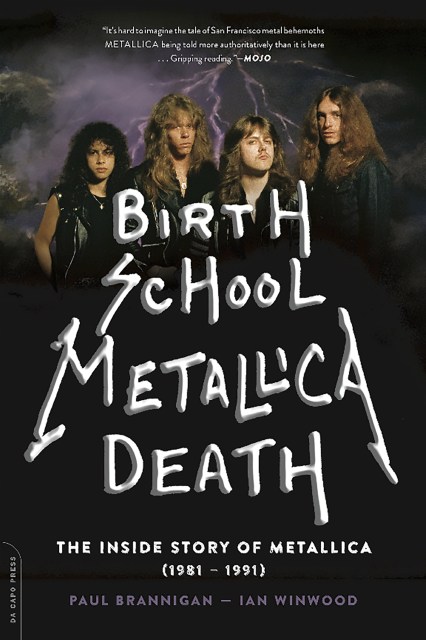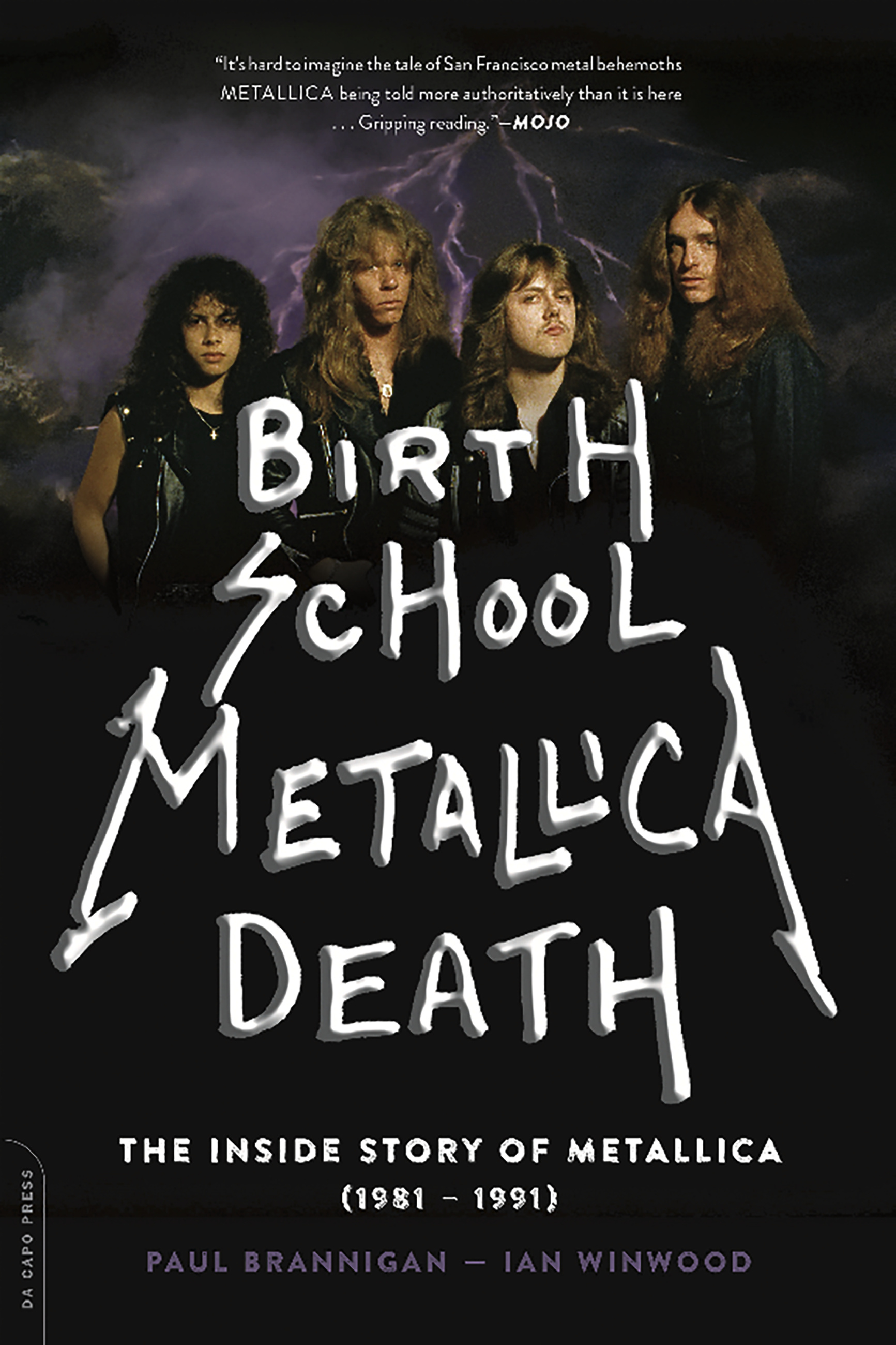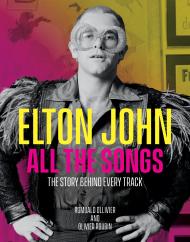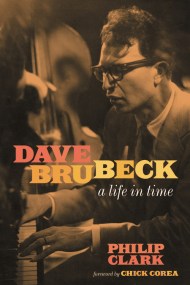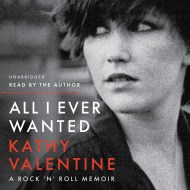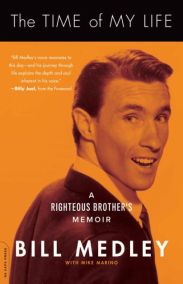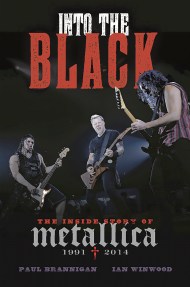Promotion
Use code MOM24 for 20% off site wide + free shipping over $45
Birth School Metallica Death
The Inside Story of Metallica (1981-1991)
Contributors
By Ian Winwood
Formats and Prices
Price
$19.99Format
Format:
- Trade Paperback $19.99
- ebook $11.99
This item is a preorder. Your payment method will be charged immediately, and the product is expected to ship on or around December 9, 2014. This date is subject to change due to shipping delays beyond our control.
Also available from:
Birth School Metallica Death is the definitive story of the most significant rock band since Led Zeppelin, covering the band’s formation up to their breakthrough eponymous fifth album, aka “The Black Album.” The intense and sometimes fraught relationship between aloof-yet-simmering singer, chief lyricist, and rhythm guitarist James Hetfield and the outspoken and ambitious drummer Lars Ulrich is the saga’s emotional core. Their earliest years saw the release of three unimpeachable classics (Kill ‘Em All, Ride the Lightning, and Master of Puppets), but it was the breakthrough of …And Justice for All that rent the fabric of the mainstream, hitting the top of the charts without benefit of radio airplay or the then-crucial presence on MTV. And in 1991, with the release of “The Black Album,” Metallica finally hit the next level with five hit singles and their first album atop the Billboard charts.
Veteran music journalists and Metallica confidants Paul Brannigan and Ian Winwood detail this meteoric rise to international fame in an epic saga of family, community, self-belief, the pursuit of dreams, and music that rocks. Told through first-hand interviews with the band and those closest to them, the story of Metallica’s rise to the mainstream has never been so vividly documented.
Veteran music journalists and Metallica confidants Paul Brannigan and Ian Winwood detail this meteoric rise to international fame in an epic saga of family, community, self-belief, the pursuit of dreams, and music that rocks. Told through first-hand interviews with the band and those closest to them, the story of Metallica’s rise to the mainstream has never been so vividly documented.
Genre:
-
“Brannigan and Winwood dig deep into the band members'' formative years…As former editor of Kerrang!, Britain's popular heavy metal magazine, Brannigan had the opportunity to interview a number of those in Metallica's orbit over the years, this special access and familiarity adds breadth to the book. This objective study is a refreshing approach to the traditional music biography. Even the most knowledgeable fans will eagerly await the second volume.”
Kirkus Reviews, 12/1/13
“[An] ambitious undertaking…The authors' enthusiasm for their subject is infectious. They're well-placed to show how Metallica learned from their British New Wave of heavy-metal forebears and, in true Oedipal fashion, killed the fathers to create something new. For metal heads and most fans of hard rock.”
Mojo, December 2013
“It's hard to imagine the tale of San Francisco metal behemoths Metallica being told more authoritatively than it is here…Gripping reading.”
Exclaim.ca, 4/22/14 -
Classic Rock (UK), October 2013
“Introduces us to the boys who went on to be metal kings…[Brannigan and Winwood] have worked closely with the band over the years, and it shows, both in the access they've gained, the anecdotes they witnessed first-hand and the warmth they afford their subjects. No stone is left unturned as the band's insane life is meticulously researched.”
Q Magazine, October 2013
“Roach shows how thoroughly she has researched her subject…while also giving modern readers something to think about in our own days of social and political witch hunts. Six Women of Salem…will provide a greater sense of the real-world lives of those who engaged in and were victimized by those events.”
Metal Hammer
“The Metallica story has been told many times before, but seldom as entertainingly or as smartly as this…Ian Winwood and Paul Brannigan's vivid prose makes this well-worn saga seem somehow fresh and fascinating again.”
Publishers Weekly, 11/1/13
- On Sale
- Dec 9, 2014
- Page Count
- 392 pages
- Publisher
- Da Capo Press
- ISBN-13
- 9780306823510
Newsletter Signup
By clicking ‘Sign Up,’ I acknowledge that I have read and agree to Hachette Book Group’s Privacy Policy and Terms of Use
